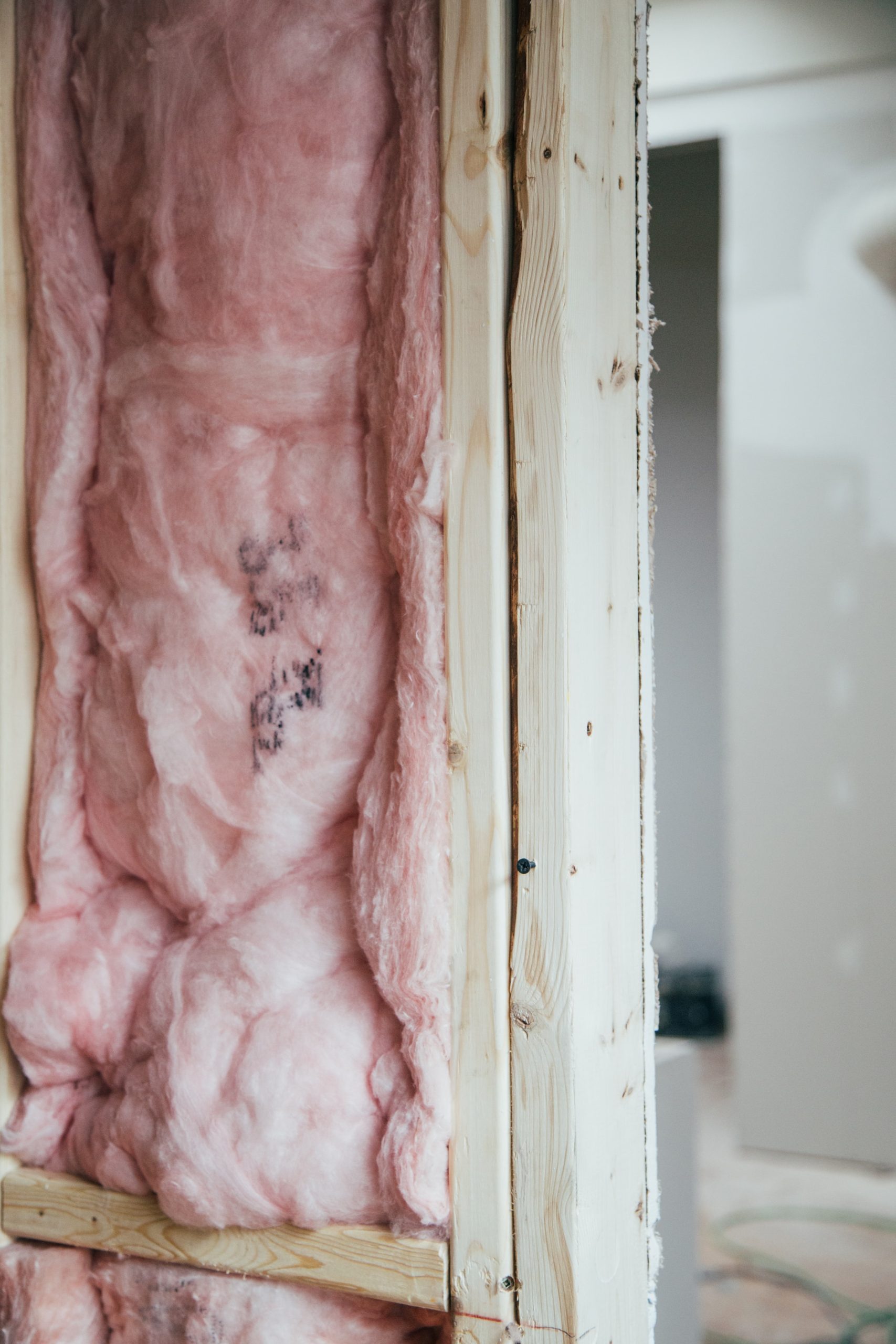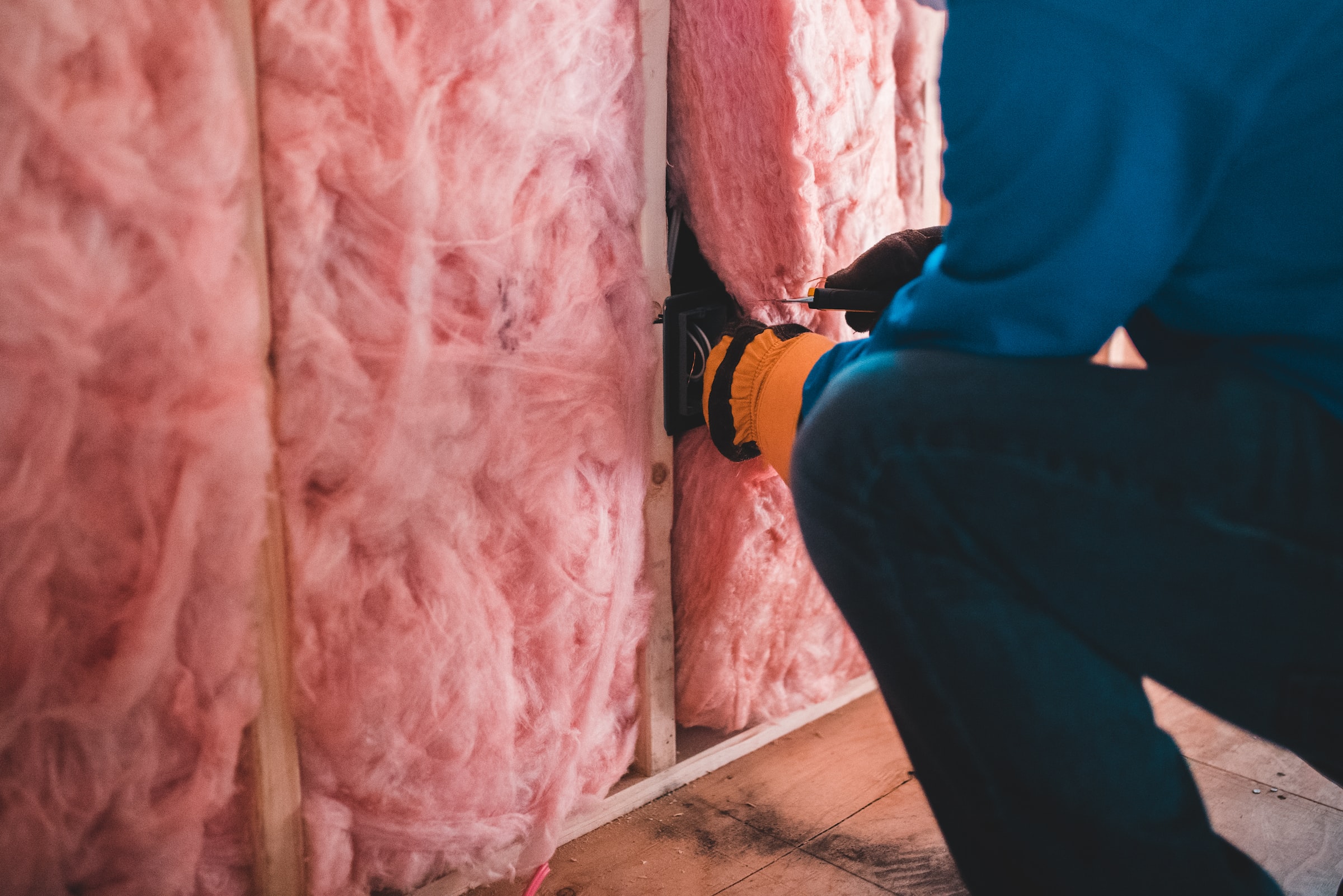Would you like to insulate your false ceiling to end heat loss and reduce the disturbance of surrounding noise? The advantage of the insulation of your ceiling will allow you, in the first place, to reduce your electricity bills. In addition, you will have perfect acoustic comfort. What thermal insulation to use for a false ceiling, then?
What material insulates your false ceiling?

Before considering the choice of insulation material for your false ceiling, it would be wise to define the desired objective. Do you intend to isolate surrounding noise? Are you looking to fight the cold? Would you be satisfied to grant both wishes? So let’s see the most used materials for insulating a false ceiling.
Rock wool
Long used in the insulation of ceilings, rock wool is renowned for its considerable noise reduction and thermal insulation. Rockwool absorbs sound and reduces noise. Still called basalt, rock wool is also involved in fire protection. It must still be installed by a professional.
Glass wool
In the form of mats of tangled fibers, glass wool effectively absorbs sound. It is obtained by the fusion of sand and highly feared recycled glass for thermal and sound insulation.
Polyurethane composite foam
Enormously lightweight, composite foam is much more suitable for soundproofing the ceiling. It is obtained by the composition of particles agglomerated together by a binder and is very resistant to shocks. It is ideal for the thermal insulation of a false ceiling.
Which insulation option is right for you?
The choice of the type of thermal insulation for your false ceiling is based on the expected wishes and the type of ceiling to be insulated.
Thermal insulation
If you want to achieve thermal insulation, it is best to opt for rock wool and composite foam. However, if you prefer thermal insulation and, at the same time, light, composite foam is the right element. It also protects your ceiling from possible shocks.
Soundproofing
For better sound insulation, rock wool and glass wool will give you the expected result. Rock wool insulation reduces noise and is also effective in protecting against possible fires. Save the interior heat of your home and live comfortably without being disturbed by noise.
Heat and sound insulation

If you want to benefit from effective thermal and sound insulation, rock wool is the most suitable. It reduces acoustic effects and prevents heat loss through the roof. Before any initiative, it is advisable to seek the advice of an expert in thermal insulation. Good to know: It is advisable to install the insulation before plastering your false ceiling.
Your ceiling also needs space for electrical connections and an opening for the center light bulb or room light bulbs. The false ceiling also effectively ensures the sealing of a room’s roof. If the false ceiling already exists, simply drill the ceiling in one place and, using a blowing machine, blow in the rock or glass wool. To insulate its false ceiling, it will therefore be necessary to take into account the following:
- The space available to be insulated,
- The solidity of the false ceiling to be insulated
- Compliance with environmental standards.
Indeed, the insulation of a narrow false ceiling will not involve the same size of insulation as the insulation of a wide false ceiling. Then, the analysis of the solidity of your false ceiling will allow you to better orient yourself on the type of insulation to use. It would be good to apply light insulation for a fragile false ceiling. This analysis also involves the type of framing used for the roof. To achieve ecological insulation and respect the environmental standards in force, we will focus on low embodied energy insulation.
Sound off in the comments section below and tell us what you want to read next and if you want to read more about the false ceiling.


